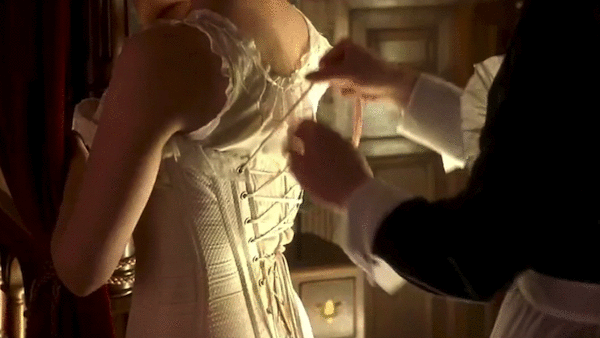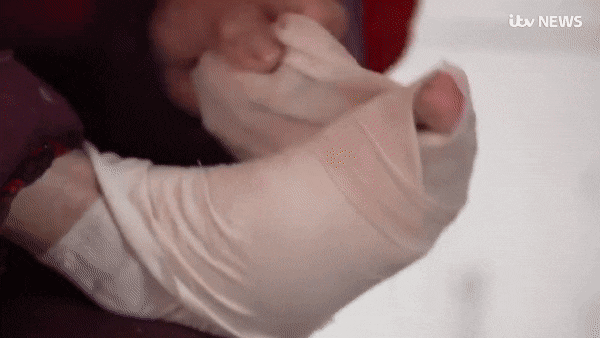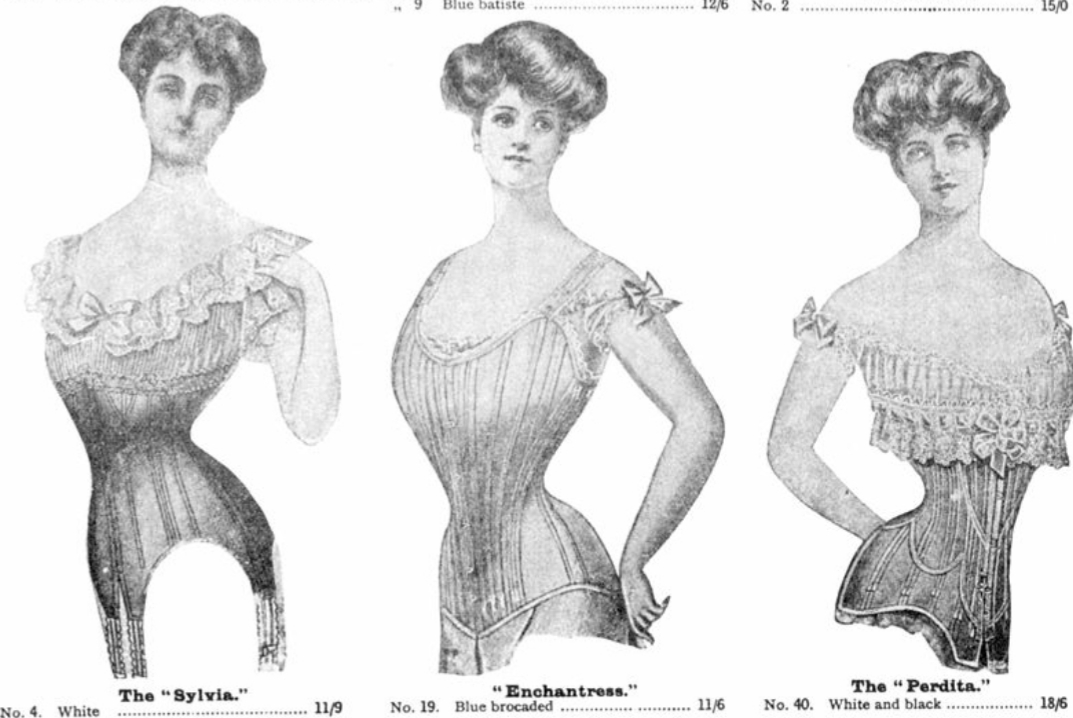
Angelisse Alvarez
Staff Writer
The digital world is so flooded with beauty content that, while some trends are integrated into daily routines, others are forgotten about.
By the end of the year, I always look forward to watching the annual YouTube videos that list several beauty trends they hope don’t make it into the next year. I love seeing what trends remain and even result in more products intended to maintain the relevance of those particular looks.
Similarly, there are beauty trends that originated centuries ago that still remain and others that have gone completely obsolete.
Today I am going to look at three ancient beauty rituals that either have a place in our current beauty world or are no longer part of mainstream practice.

Corsets – and today’s waist trainers
Corsets became a popularized European and British beauty ritual during the 16th century. By the 19th century, corsets were a regular part of many dressing routines. I have always wondered how women could breathe when putting on corsets in period dramas.
They were used to achieve an hourglass shape by squeezing the waist inwards as tight as possible. This compression led to the distortion of ribs and back muscles. Breathing complications also ensued due to a lack of oxygen.
Though corsets are still sold, a more contemporary version of the corset is currently available on the market. Around 2015, social media saw the growth of waist trainers.
Waist trainers are compressed garments that are intended to shape the waist, and are often worn under clothes daily for a certain span of time. Celebrities such as Kim Kardashian and Jessica Alba have promoted waist trainers.
This regular compression around the waist will constrict it into a temporarily defined, hourglass figure. Many use waist trainers to improve posture and “flatten” the stomach.
The restriction added to the stomach prevents one from overeating, and trainers are often worn over clothes during exercise as they are believed to “aid” the workout process.
However, because of their inflexibility, corsets are not intended for exercise of any kind.
Much of the stiffness in corsets were provided through “bones” such as whalebone. In corsets manufactured today, these bones are often made of steel bone.
Corsets were made of non-stretch material like cotton, while the contemporary waist trainer is made of latex and spandex. Waist trainers are also less expensive than corsets.
Corsets and waist trainers thus differ greatly in material and uses, but are undeniably relatives.

Foot Binding
I was initially unfamiliar with foot binding. Because of the aesthetical idealization of small feet and to ensure women would do work that required staying at home and completion by hand, foot binding was a regular practice in Ancient China that became common during the 12th century.
Feet were bound during early childhood with bandages such as those made with cloth. This was to sharpen the top of the feet and pronounce the arches.
Girls were told that the procedure was necessary in order to heighten their likelihood of getting married. A small foot, known as the “lotus foot” was considered attractive and perfect.
Young girls then had to walk on their painful feet for two years while they were shaping.
Along with severe pain, bound feet led to infection, broken toes, weakened bones and of course difficulty walking.
Foot binding was outlawed in the early 19th century. Thankfully, there are no current mainstream beauty rituals that I can confidently say remind me of foot binding.

The physical side effects of tuberculosis were considered beautiful.
About a century ago, looking like you were dying of a disease was apparently attractive.
When tuberculosis was rampant in the 19th century, Victorians romanticized the way the disease looked on those who fell ill.
Victorians glorified the pale complexion, prominent blue veins and the “rose” flush of fever. The incredibly slim figure that accompanied the illness was another attractive feature to them.
The admiration that Victorians had for those fallen ill only applied to the middle and upper-class, however. They did not have the same demeanor towards those who contracted the disease and were poor. The poor were often neglected and blamed for getting ill.
To achieve only the physical attributes of tuberculosis, women would apply drops of deadly nightshade into their eyes so that they would look irritated, watery and large.
Cleansers and powders were homemade and purposely contained toxic ingredients, such as ammonia for the face. Corsets were used to achieve a dramatically sunken waste to imitate slimness.
They even applied lard on the lips to give a sheen. You could say this was their idea of lip gloss.
While definitely not as extreme, I have noticed the recent e-girl makeup trend was to have heavy blush both on the nose and around the immediate nose area, with some highlight on the tip. This does make one look like they have a cold.
Email Angelisse at

